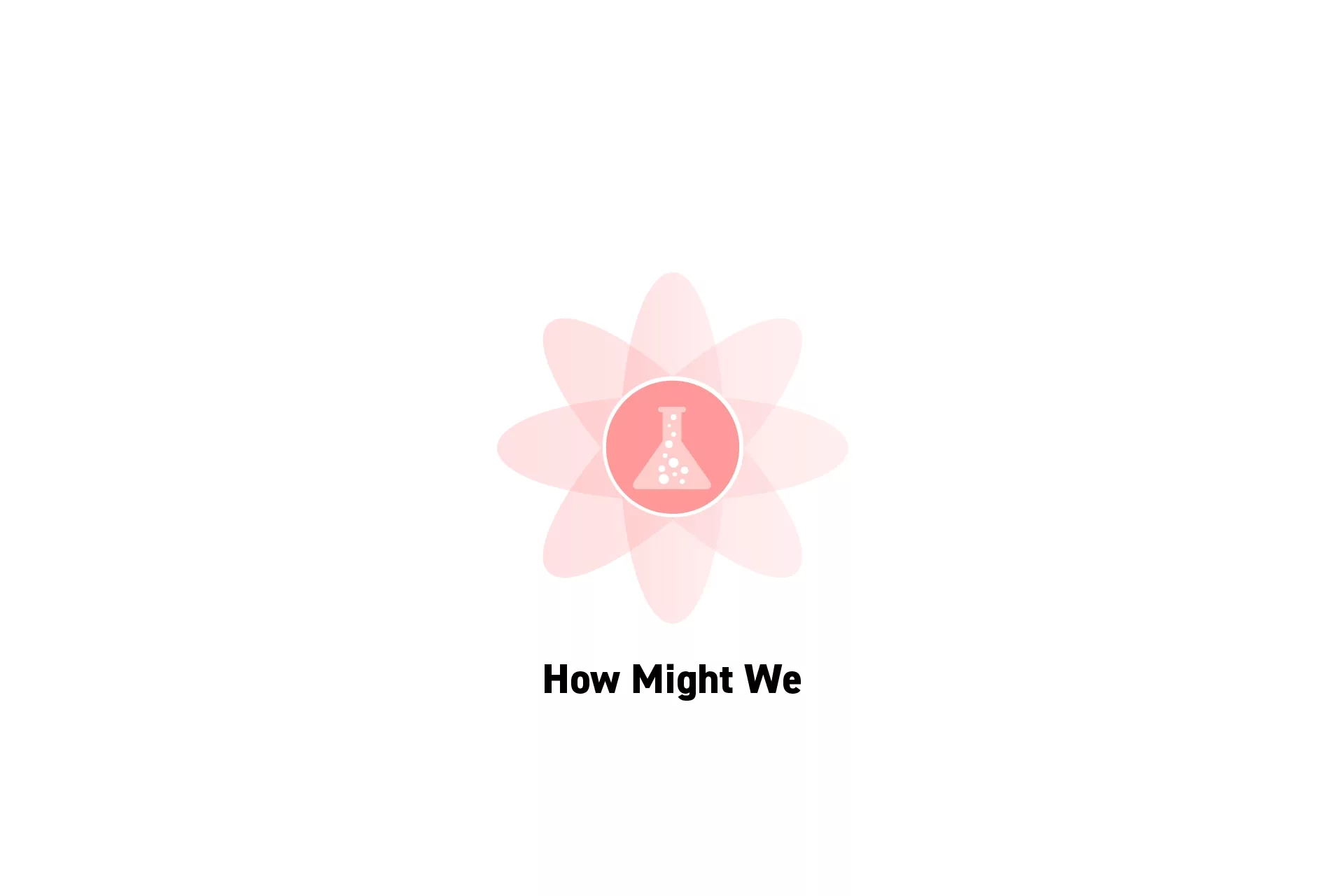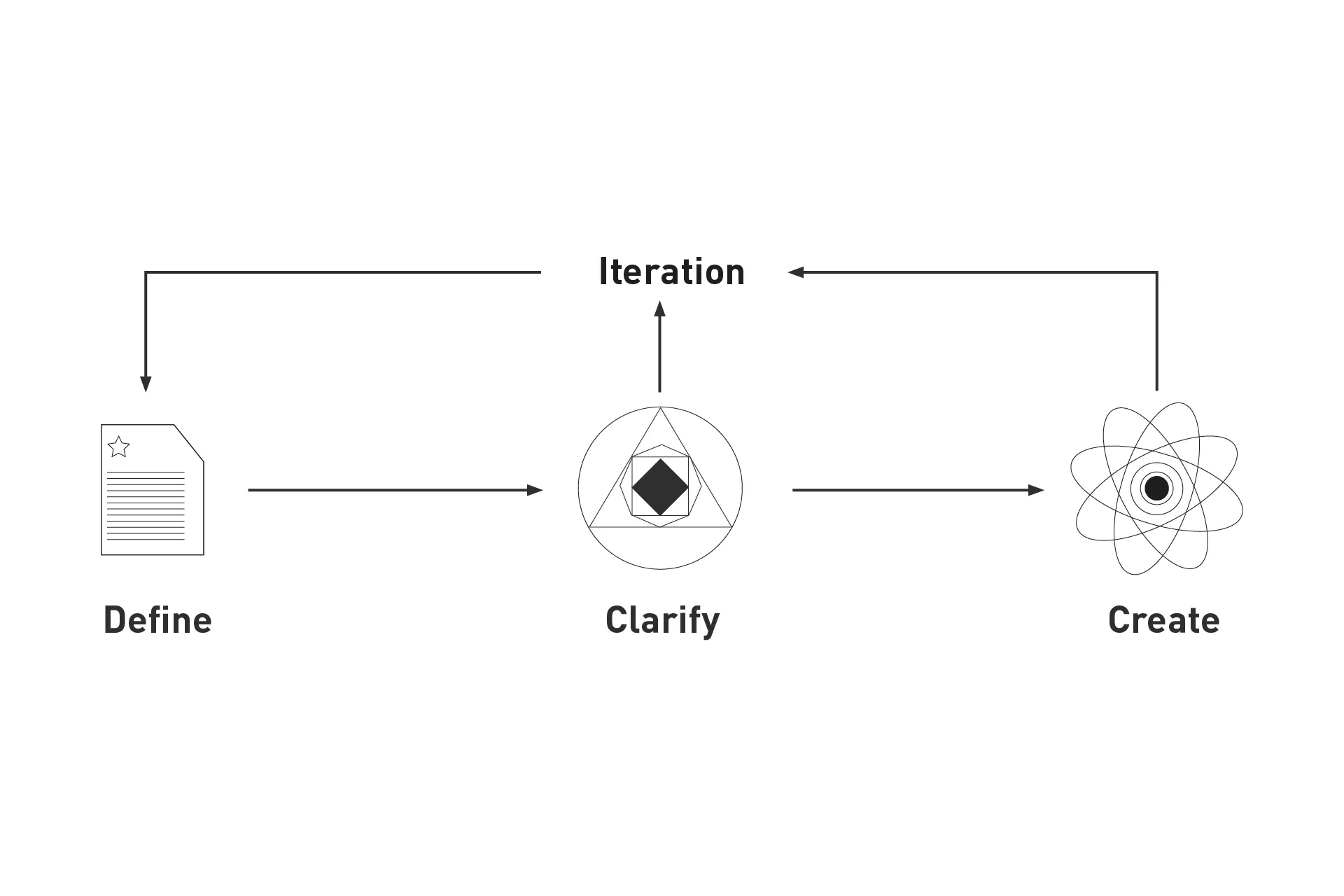How to create How Might We's
A four step process to writing How Might We's (HMWs).

A four step process to writing How Might We's (HMWs).
SubscribeWhat are How Might We's?How Might We's (HMWs) are a design thinking methodology that is used in most design research practices to generate ideas that are meaningful, thoughtful and focused on the target audience with a vision of producing a return on investment.
Step One: Write a Hypothesis
Before you can write How Might We's, you must define the problem that you are trying to solve or the idea that you want to validate.
Please note that this hypothesis could relate to an existing feature, product, service or experience and could pertain to an entirely new creation or an addition to an existing creation.
Step Two: Define the target audience
How Might We's are meant to be questions that allow you to generate creative solutions for your target audience.
In order to know who to create for, you must define your target audience.
Step Three: Carry out the Research
Perform user research, desk research and carry out interviews and remember to record your findings in ways that can be synthesized into products that augment your ability to generate meaningful solutions for your target audience.
To learn more about the products that could arise from synthesizing your research consult the link below.
Step Four: Write the How Might We's
Using the results gathered from your research and the insights obtained from the synthesis of the research write the How Might We's (HMWs).
Here are some tips that will help you write a good HMW.
A/ Start with the Problem or Insight
Make sure that the HMW is rooted in the research, problem and insight.
For example:
Problem/Insight: User's forget to take their medicine at the right time.
How might we ensure users take their medicine at the right time?
B/ Do not suggest solutions in How Might We's
HMWs are intended to prompt you to generate meaningful solutions, not state solutions.
For example:
Problem/Insight: Young students have a short attention span.
(Poor) How might we make students focus more?
(Strong) How might we create short form educational content?
C/ Keep your How Might We's Broad
HMWs are intended to prompt you to generate meaningful solutions, not state solutions.
For example:
Problem/Insight: Young audiences prefer EA FC to watching football.
How might we create a new sports entertainment platform that keeps the youth engaged?
D/ Focus the How Might We's on the desired outcome
HMWs are intended to solve the problem at the root and achieve the desired outcome.
Frame your HMW to focus the desired solution.
For example:
Problem/Insight: Users often call us because they’re unsure about the development process.
(Poor) How might we stop users from calling us?
(Strong) How might we make users feel confident in their development abilities?
E/ Phrase the How Might We's positively
HMWs are meant to be encouraging and energizing.
For example:
Problem/Insight: Users can't sync the wearable to the app.
(Poor) How might we make the pairing process less difficult?
(Strong) How might we make the pairing process intuitive and delightful?
Learn about different design thinking products and methodologies
We recommend that you consult our Methods for Synthesizing User Research article linked below to learn about design thinking products that could come out of the research that you have conducted.
These products are created using popular design research methodologies which are intended to help you and your organization innovate effectively.
Always remember, the work is never done

delasign's process
When creating How Might We's, it is important to note that they are neither a start or an end.
They should serve as a means for you to generate meaningful, intentional and focused ideas that are valuable to the target audience and which result in a return on investment.
As you transform the lives of your users, they might change. This is what you're looking for and will mean that you will have to redo this process to produce a meaningful addition to your value proposition.
Looking to learn more about Research and Strategy?
Search our blog to find educational content on research and strategy.